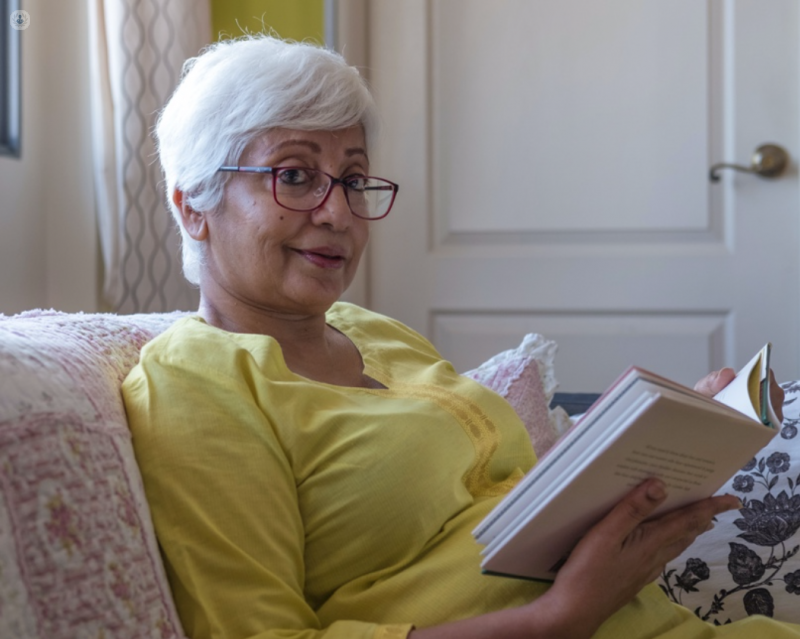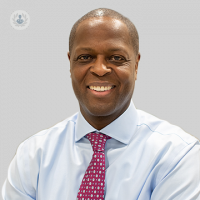Regenerative practices for osteoarthritis to soothe symptoms during the colder months
Escrito por:Did you know that osteoarthritis is the most common form of arthritis in the UK?
We recently spoke with Dr Ralph Rogers, renowned consultant in sports medicine and regenerative orthopaedics based in London, to discuss osteoarthritis and how symptoms can be improved during winter when the condition often feels more intense.

So, what exactly is osteoarthritis?
Anyone with osteoarthritis will tell you that when the colder days approach, they can "feel it in their bones and joints".
Osteoarthritis is the degenerative type of arthritis that affects the underlying bones in our joints and articular cartilage.
The most common symptoms include stiffness, pain, swelling, a lack of stability, and limited range of movement. Managing these symptoms is vital to maintaining and improving your wellbeing all year round, and especially during the winter months.
Although arthritis affects people throughout the year, it seems to worsen during the onset of the colder months. The reason for this is yet unknown and not scientifically proven. Regardless of the cause, we can be proactive in managing the symptoms of osteoarthritis.
How should someone manage osteoarthritis?
Keep it moving!
When you stop moving, your joints become stiff with decreased range of motion, and your muscles start to lose strength and muscle mass. This combination may result in decreased stability, support, increased stiffness, and pain around the joint. That is why it is crucial to stay active. The seemingly “vicious cycle” with arthritis makes us want to move less due to the pain we are experiencing, yet this lack of motion further increases our pain and decreases our mobility. To break this cycle, a regular exercise programme, which can simply be walking regularly, may help decrease pain and medication use.
Strength training the muscles around your sore joint will also help to improve joint pain and stability. Pilates is an effective exercise practice for loosening up stiff joints while decreasing pain and increasing range of motion. Weight loss also aids the process to pain-free movement by lessening the pressure of the weight on your joints and while moving your limb.
If you find that the "Keep It Moving" practices have not eased your symptoms, non-surgical treatments such as regenerative orthopaedics and physiotherapy may prove to be highly beneficial in managing these symptoms all year round, not only during the winter months. These non-surgical and minimally invasive treatments along with rehabilitation, help to increase strength, range of motion, stability and flexibility. Pain management has the potential of keeping you away from surgery.
If you require treatment for osteoarthritis, we recommend getting in contact with Dr Ralph Rogers, renowned consultant in sports medicine and regenerative orthopaedics.
Click here to visit his profile today.


